Anton Cepka. Kinetic Jewellery
March 18 – June 5, 2016
Esterházy Palace, 3rd floor
Curators: Viera Kleinová (SNG), Petra Hölscher (Die Neue Sammlung – The Design Museum)
This exhibition was developed in cooperation with Die Neue Sammlung – The Design Museum Munich.
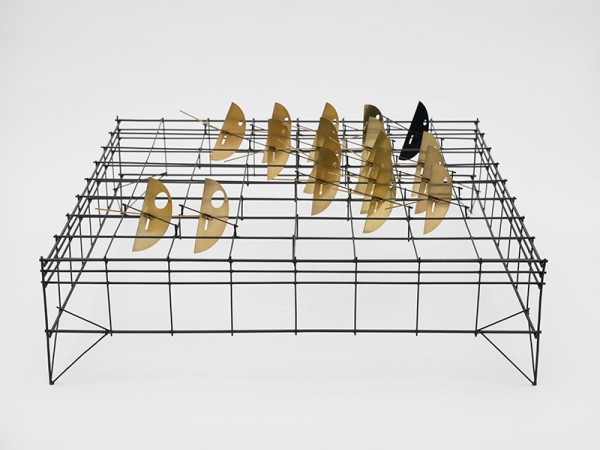 Anton Cepka1967
Anton Cepka1967
Retrospective exhibition of the jewellery artist and sculptor Anton Cepka (1936) at the Slovak National Gallery loosely follows the exhibit put together in 2015 by Die Neue Sammlung - The Design Museum in Munich. This renowned German museum has a permanent exhibition of jewellery art of the twentieth century and the museum is involved in many exhibitory, publishing, educational and other activities mapping the current events on the world jewellery scene.
The annual Schmuck exhibition - festival that, for more than 50 years, brings jewellery elite to Munich - is an opportunity for Neue Sammlung to organise regular monograph exhibitions about important personalities from the jewellery world. The choice of Anton Cepka is not only a confirmation of his place in the history of jewellery art in the second half of the twentieth century, but it is also, in the context of this museum, the first individual exhibition of a contemporary Central and Eastern European artist.
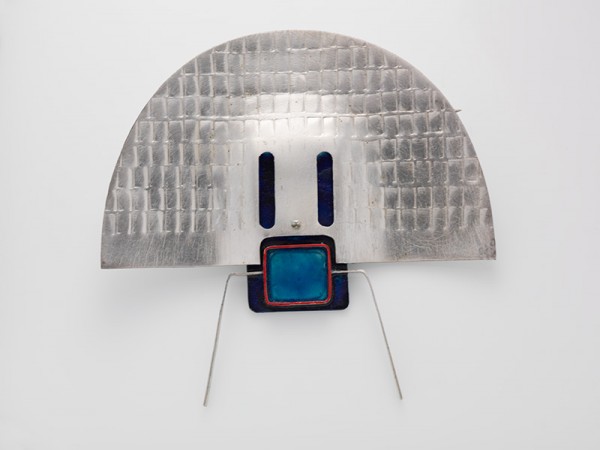 Anton Cepka1969
Anton Cepka1969
The Munich exhibition assembled more than 200 jewels and objects by Anton Cepka - it has been his most extensive exhibit to date. It contained a considerable number of Slovak and Czech loans and, more importantly, the collection from the Slovak National Gallery, which owns the most extensive selection of Cepka’s work - more than 40 jewels and objects. It brought together artworks from various gallery or private collections - from Germany, Austria, the Netherlands, Switzerland or Italy. Cepka’s jewels can be also found in collections from Australia or USA, which is where the collection of twenty jewels, which was given to Dallas Museum of Art in America by the collectors Edward W. and Deedie Potter Rose.
The Slovak version of the exhibition includes not only Cepka’s jewellery works but also takes a look at his sculptures and design realisations, together with his drawings, which form important part of his author’s profile. The ambition was to introduce Anton Cepka not only as the founding figure of Slovak and Czech jewellery art, but as a particular creator of constructive-kinetic objects, author of not only small artworks but also several large exterior realisations designed for public space. The exhibit introduces the dimensions and layers of his work in the mediums of “applied” or “fine” arts. Cepka belongs not only to the history of world jewellery in the second half of the twentieth century, but also to the progressive geometric abstraction of domestic art production.
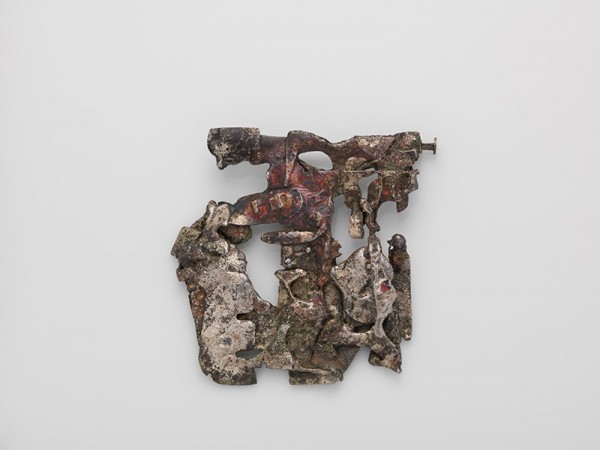 Anton Cepka1963
Anton Cepka1963
Anton Cepka belongs to the generation, which entered the art scene at the beginning of the 1960s, the period when the communist oppression relaxed for a while. At the same time, Western Europe was leading an intense discussion about the aspiration of jewellery as autonomous artistic discipline, accompanied by definite abandonment of jewellers cloisters, intrusions of intermedia and material experiments. In the former Czechoslovakia, the move towards more modern understanding of jewellery was also noticeable, formed, paradoxically, by restrictions given by political and economic situation.
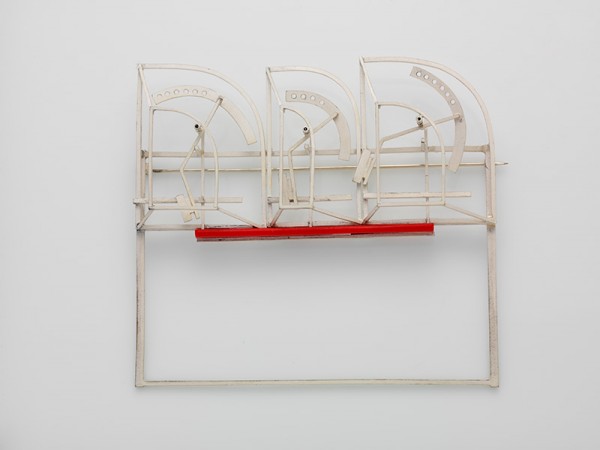 Anton Cepka1990
Anton Cepka1990
Anton Cepka won international recognition relatively early and even despite the handicap of the Iron Curtain and the fact that jewellery art de facto did not exist in Slovakia before him. He won the prestigious Bavarian State Prize in 1964 at the International Handicraft Fair in Munich. A recent graduate from the Academy of Arts, Architecture and Design in Prague attracted attention with his opinions and peculiar grasp of the contemporary cosmic optimism and technological enchantment. He brought architectonic engagement, futuristic playfulness and emotive strength. His work has been characterised by uncompromisingly crafted goldsmithing and sculpturing agenda, in which silver is a dominant material and brooch is perfect means of expression, whether it comes to informal structures, experiments with kinetics, colour, plastics, poetic modules and living geometry or dematerialised silver constructions.
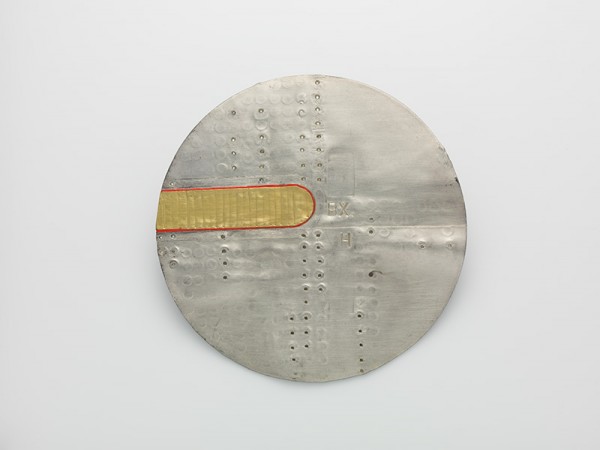 Anton Cepka1975
Anton Cepka1975





